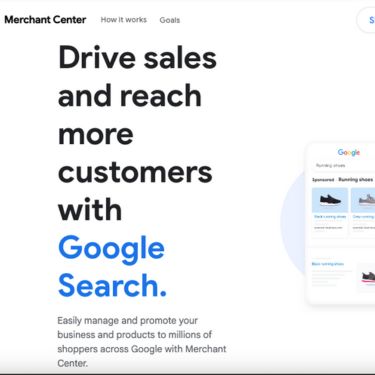The point of any marketing campaign is to increase ROI. If your marketing materials encourage someone to engage with your brand or lead them to actually make a purchase, you’re doing something right! However, if your marketing efforts are not accomplishing the goals you have set, it may be time to make some changes. Email marketing presents us with the perfect opportunity to try new tactics and make changes to our plan. In this article, we’re going to discuss email marketing a/b tests and give you recommendations of specific tests to try!
What is Email Marketing A/B Testing?
Make Adjustments to Your Subject Line
You absolutely must split test your subject lines! This is the first thing your recipients will see when they receive an email from you, so it makes sense that subject lines are an essential part of any email marketing campaign. In fact, 47% of email recipients open email based on the subject line and 69% of email recipients report email as spam based solely on the subject line.
This further proves the importance of an effective subject line for email marketing. Unfortunately, there is no formula for creating the perfect email subject. Every market is different and will therefore respond to different subject line types.
On your next email test, try to change these key aspects of your subject line:
- Make the word count on one email subject line longer and one shorter.
- Make one email subject line a statement and the other a question
- Include emojis in one subject line and leave the other one without emojis.
Set a Standard Length for Your Email Messaging
Play with Visual Content in Your Emails
Send Your Emails on Specific Days and Time
Include Calls to Action in Your Email Marketing Messaging
As you can see, a/b testing is an important part of the email marketing process. If you want your emails to be successful among your target market, split testing is the best approach. We understand that this process can be confusing and that it requires a great deal of time and effort. Point of Action Marketing is here to help you with email marketing in any way you need. Check out our list of marketing services and fill out our contact form to get started today!



